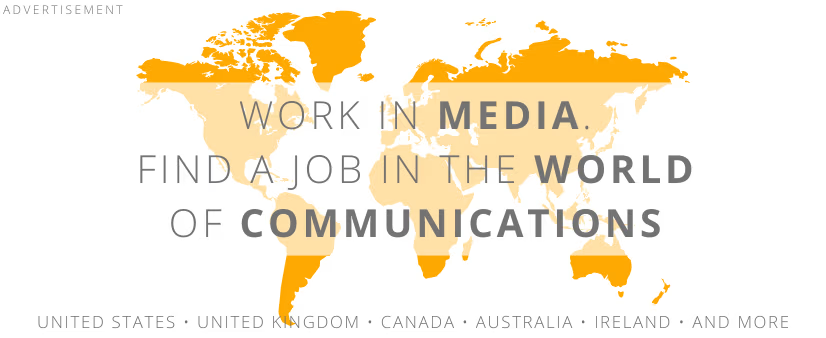 illustration: bing.com/create
illustration: bing.com/createDeepfake technology uses machine learning algorithms to manipulate images and sounds. These algorithms are trained on massive data sets, such as videos and audio recordings, enabling them to imitate specific individuals with great accuracy.
Deepfake can be used for various purposes, both positive and negative. On one hand, it can be used for entertainment, such as creating comedy videos or parodies. On the other hand, deepfake can be used to manipulate public opinion or harm the reputations of public figures.
Deepfake. Real-life examples
The manipulative capabilities of this new technology are increasingly powerful, and the results are becoming more credible and harder to distinguish from real recordings or actual statements. Some of the most well-known examples used to spread misinformation and fuel conflicts include:
- Mark Zuckerberg, explaining that he has control over the world and our personal data;
- Barack Obama, making derogatory remarks about Donald Trump;
- Kim Kardashian, responding to her critics;
- Nancy Pelosi, allegedly intoxicated during a public appearance;
- Donald Trump, lecturing Belgians;
- Volodymyr Zelensky urging Ukrainian soldiers to lay down their arms.
Deepfake as a threat to democracy
Deepfake can pose a serious threat to democracy. This technology can be used to spread misinformation and manipulate public opinion.
For instance, deepfake could be used to create a fake video in which a politician says or does something they never actually said or did. Such a recording could damage their reputation or influence election outcomes.
Deepfake can also be used to intimidate or blackmail public figures. For example, it could be used to create a fake video in which a public figure appears as an adult film actor. Such a recording could then be used to blackmail them into specific actions.
How to recognize deepfake?
There are several ways to recognize deepfake. One is to pay attention to details in the image or sound. In the case of deepfake, certain irregularities may appear, such as:
- improper proportions of the face or body
- unnatural facial or mouth movements
- unnatural sounds
Another way to recognize deepfake is to check if the recording comes from a credible source. If the recording comes from an unknown source or is shared by unknown people, it is likely to be a deepfake.
How to combat deepfake?
There are several ways to combat deepfake. One is to educate the public about this technology. People should be aware of the threat posed by deepfake and should learn to recognize fake materials.
However, currently, only one in four EU residents reports having verified the authenticity of information found on social media or other internet sources. In Poland, this figure is significantly below the EU average - just 16%.
In our country, we also face another problem: a crisis of trust in traditional media. These should help verify the authenticity of information but are increasingly seen as sources of fake news themselves. This is due to various reasons, mainly political bias but also occasional lack of thorough research and... falling victim to fake news.
We have a problem assessing information credibility
A quarter of information consumers rely on sources where verifying credibility is a challenge. The real problem remains the issue of fake news. This is noted by 77% of respondents, with 51% admitting difficulty distinguishing between true and false information, according to the Deloitte Digital Consumer Trends survey.
Digital Poland`s February 2023 report reveals how effective social media is as a channel for spreading fakes:
- Fake news is 70% more likely to be shared.
- The result is that false information spreads six times faster than the truth.
Therefore, another - and perhaps the only effective - way to combat deepfake is to develop technology capable of detecting false materials. Currently, research is underway on artificial intelligence that could be used to recognize deepfake.
COMMERCIAL BREAK
New articles in section Law in media
Dietary supplement ads in Poland. Who keeps influencers in check?
Newseria, KFi
One in three Polish internet users considers influencer recommendations when deciding on medicines and dietary supplements. Although promotion of such products is regulated, there are still cases of advertising that skirt the law.
SEO Poisoning. Hackers Use Search Engines to Target Businesses
Piotr Rozmiarek
Search engines help us quickly find information, but they can also be used by cybercriminals. SEO poisoning is a tactic where attackers manipulate search engine rankings to place harmful websites at the top of search results.
Phishing in the Cryptocurrency Industry. Fake Recruitments Steal Data
Piotr Rozmiarek
Security researchers have detected a social engineering campaign targeting job seekers in the Web3 industry. The attack aims to conduct fake job interviews via a meeting application that installs information-stealing malware.
See articles on a similar topic:
Big Data in Poland. Companies Lack Ideas for Data Utilization
KF
Only 11 to 16 percent of domestic companies report using Big Data solutions, according to a survey by OVH and Intel. Among companies that have not yet used Big Data, only 2 percent plan to adopt this technology this year. Meanwhile, nearly all large and small companies admit to collecting customer data.
GDPR and Press Releases. Is Journalists' Consent Required?
BARD
After May 24, will it be possible to send press releases to journalists without concern, or is it safer to obtain their consent? Industry experts and lawyers explained GDPR regulations on this topic to infoWire.pl news agency journalists.
Local Media in Poland - Court Cases
Bartłomiej Dwornik
Investigative journalists in local newsrooms often remain in the shadow of their colleagues from national outlets, despite frequently being the first to uncover a scandal.
Local Media in Poland - Freedom of Speech
Bartłomiej Dwornik
Abuse of freedom of speech is as common as imposing muzzles on journalists. Although the Press Law and the Constitution guarantee this fundamental freedom to everyone.





























